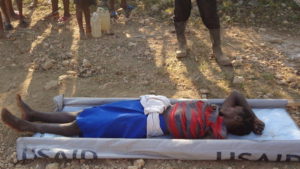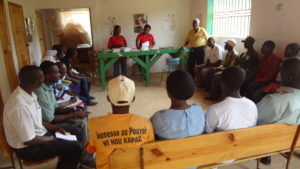This isn’t an easy fight, but it’s one that Heart to Heart International is committed to waging.
As we blogged recently, Cholera has flared in the remote southeast of Haiti around the picturesque area of Cascade Pichon. Where the outbreak stems from, we’re not sure yet. But its affect is apparent.
In our survey of the outbreak in this small region we found nearly two dozen people died from cholera and more than 50 contracted it, were treated, and thankfully survived.

The CDC: The cholera bacterium is usually found in water or food sources that have been contaminated by feces (poop) from a person infected with cholera. Cholera is most likely to be found and spread in places with inadequate water treatment, poor sanitation, and inadequate hygiene.
This is where Heart to Heart comes in. We’ve mobilized a response of not just supplies needed – like oral rehydration salts and hand-washing materials – but our professional Haitian staff consisting of doctors, nurses and public health workers. The goal: To treat those affected, to help them recover and to train the local population in cholera prevention.
What follows is a gallery of photos from Heart to Heart’s ongoing response to combat cholera. Click a photo to begin the slideshow.












